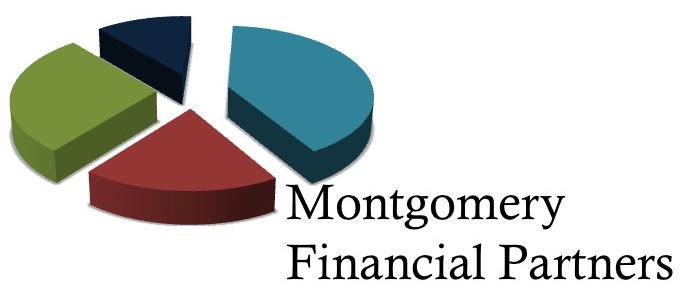At the end of 2022, Congress passed the SECURE 2.0 Act. This legislation was intended to help Americans make their retirement savings stronger and their finances more stable as they age. In many polls and surveys, Americans both report not saving enough for retirement or not believing they have enough for retirement. Congress created the bill to encourage companies to offer more retirement plans. This makes it easier for smaller businesses to help employees with retirement, and increases how much people can save.
There are many provisions in the act, but here is what you need to know about the SECURE 2.0 Act.
Automatic Enrollment
People eligible for 401(k) and 403(b) plans will be automatically enrolled at a rate of 3%, rather than having to opt in.
Catch-Up Contributions
Catch-up contribution limits will also increase. People over the age of 50 will be able to contribute up to $7,500 to IRAs and $30,000 for 401(k)s. Furthermore, all catch-up contributions will receive “Roth tax treatment” for people earning $145,000 or less a year. This means that qualified distributions will not be subject to tax. As always, we recommend putting as much as possible into your retirement account.
The Required Minimum Distribution Age is Changing
If you have a retirement account, you’ve heard of RMDs. Previously, people who turned 70 ½ had to start taking distributions from their IRA, 401(k) or 403(b) accounts. The SECURE 2.0 Act changes this age to 73 starting in 2023 and 75 in 2033.
Student Loan and College Savings
Many younger people complain about the difficulty in paying off student loans and saving for retirement. The SECURE 2.0 Act allows student loan payments to be treated as elective deferrals (or excludable from the employee’s gross income for tax purposes) for matching contributions to a retirement plan. That way, an employee can pay off student loans and have an employer contribute to their retirement plan.
Beneficiaries of 529 college savings accounts, who did not use their full savings for educational purposes, will be able to transfer some of that money into a Roth IRA. They will be able to rollover up to $35,000 over the course of their lifetime, but the contributions are subject to annual limits (currently $6,500 for those under 50). The 529 plan must also have been open for 15 years.
Many of the provisions of SECURE 2.0 will have impacts on current or future tax liability, so make sure to consult a tax professional regarding your investments and distributions. As always, please contact us if you have any questions about your investments, retirement, or financial plans.
Securities offered through Registered Representatives of Cambridge Investment Research, Inc., a broker-dealer, member FINRA/SIPC. Advisory services through Cambridge Investment Research Advisors, Inc. a Registered Investment Advisor. Cambridge and Montgomery Financial Partners are not affiliated.
This communication is intended for people in the following states: AZ, CA, DC, FL, HI, IN, MI, MD, MN, NC, NJ, NY, OH, OR, PA, SC, TN, TX, VA, WA, WV
This site contains third-party links. The information being provided is strictly as a courtesy. When you access one of these websites, you are leaving our website and assume total responsibility and risk for your use of the websites you are linking to. We make no representation as to the completeness or accuracy of information provided at these websites. Nor is the company liable for any direct or indirect technical or system issues or any consequences arising out of your access to or your use of third-party technologies, websites, information, and programs made available through this website.
Cambridge does not offer tax advice.


Recent Comments